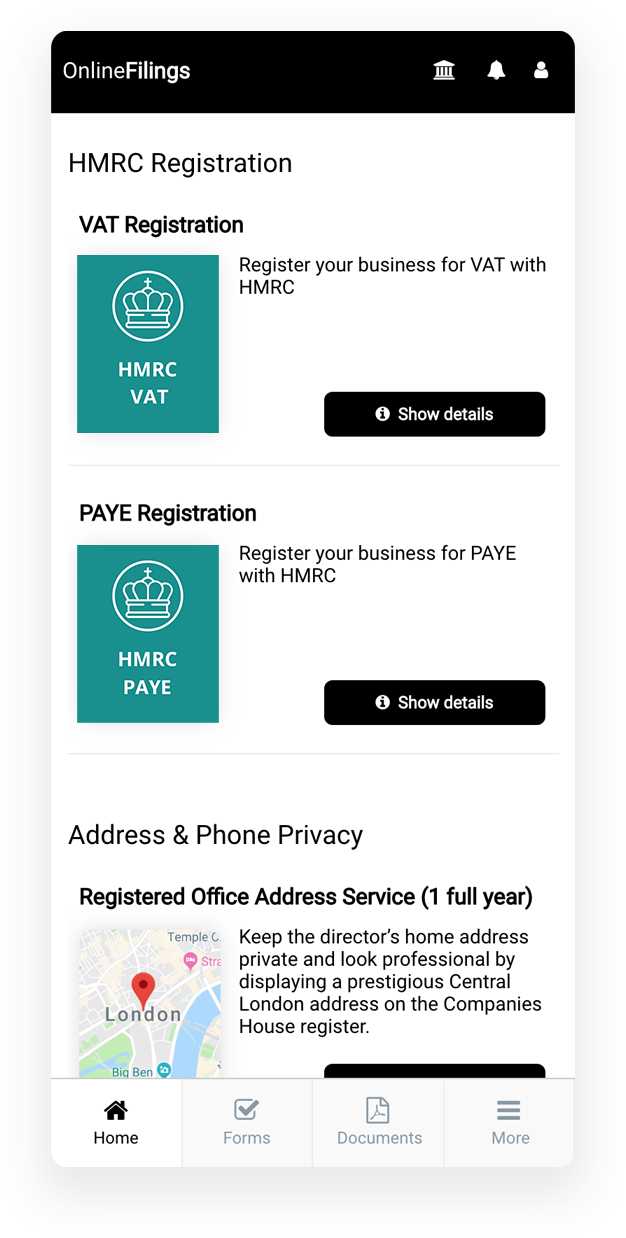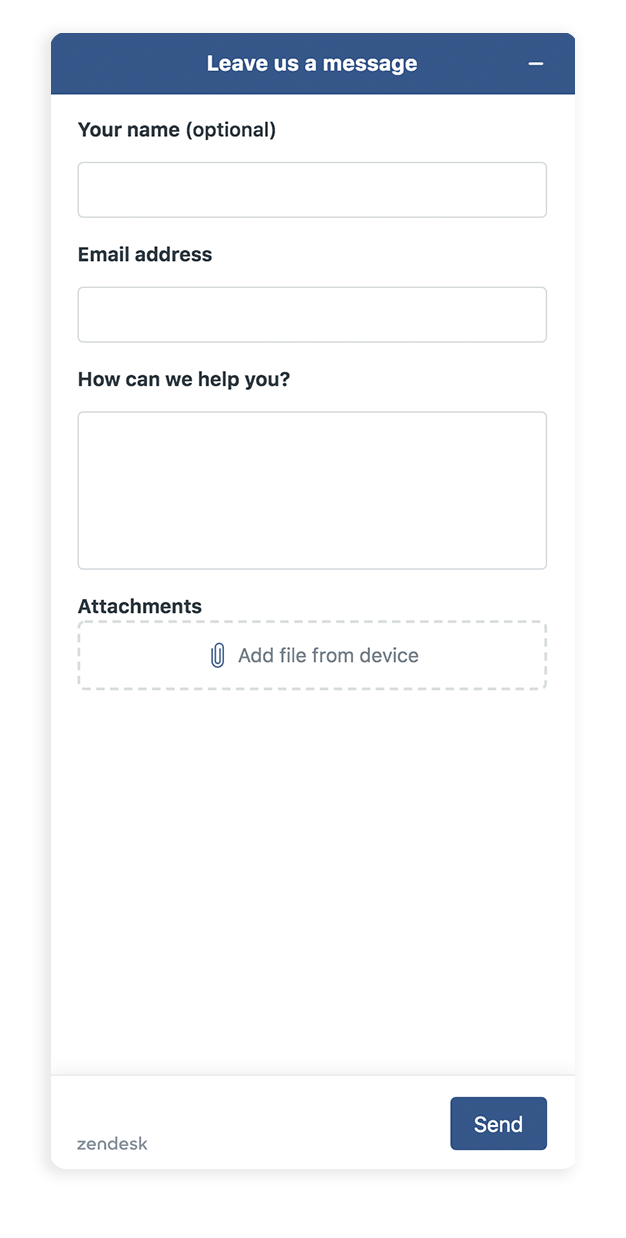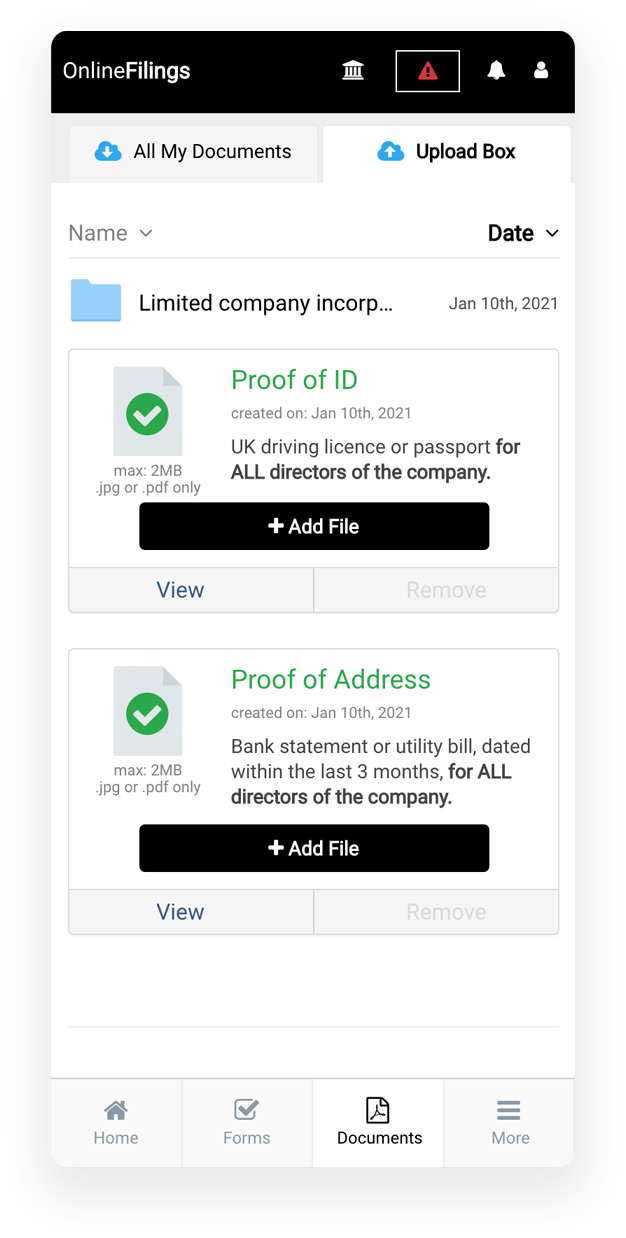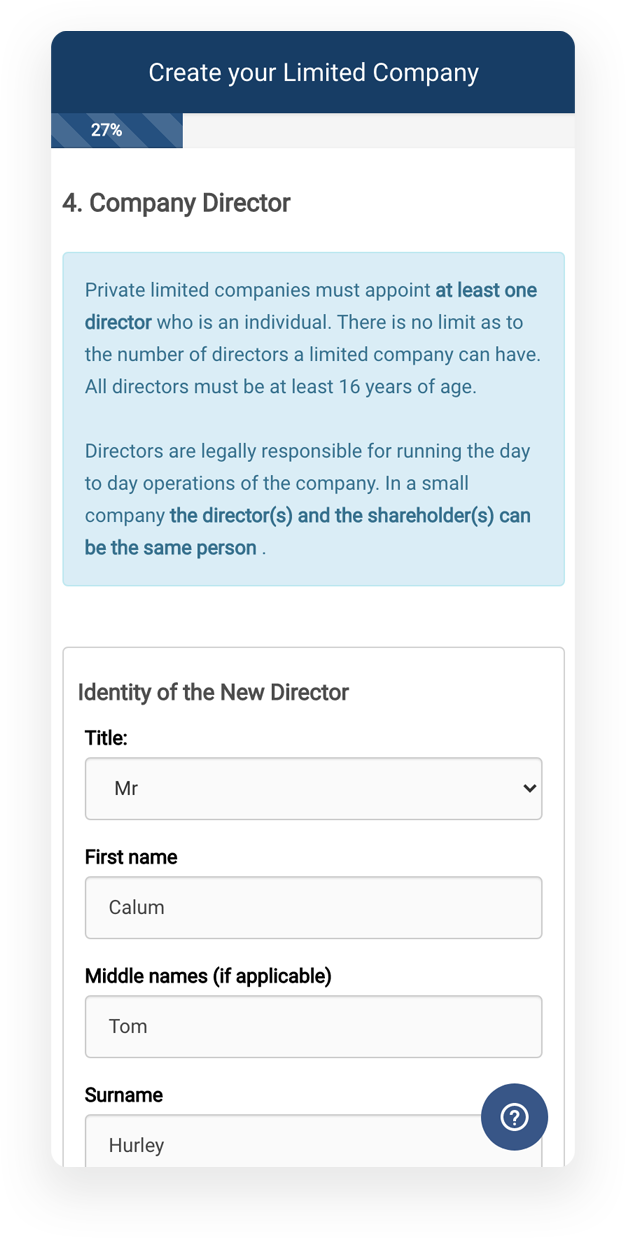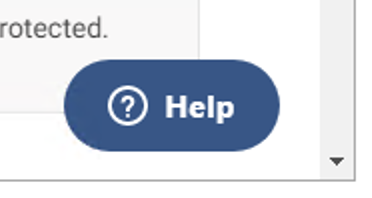 By Kaity Cornellier - 13/01/2022
By Kaity Cornellier - 13/01/2022
Table of Contents
- Read on to discover the most common tax return mistakes and how to avoid them.
- 1. Disorganised record keeping
- 2. No Government Gateway User ID
- 3. Not registering for a UTR number
- 4. Not being aware of deadlines
- 5. Not declaring all income and Capital Gains
- 6. Incorrectly claiming tax reliefs or expenses
- 7. Not using your tax-free allowances
- 8. Not claiming tax reliefs on private pension contributions
- 9. Not including supplementary pages or additional information
- 10. Not anticipating payments on account
- Take the stress out of filing
Filing your self assessment can be a daunting task, especially if you’ve never done it before. It is important to ensure all information is complete, all reference numbers are correct, and all income amounts are calculated accurately. One mistake can lead to overpaying taxes, penalty fines, missing out on tax reliefs and delayed or rejected tax returns.
Read on to discover the most common tax return mistakes and how to avoid them.
1. Disorganised record keeping
Preparation is key, and it’s important to keep all relevant documents in one place so you can easily access them. To complete your tax return, you may need any of the following:
- Bank statements
- Capital gains
- Property income
- Student loan payments
- Pension records
- Foreign income (including evidence of foreign tax you’ve paid)
- Employee share schemes
- P60 form (summary of tax you’ve paid on your salary each tax year)
- P45 form (summary of tax you paid before leaving your employer)
- P11D form (summary of your ‘benefits in kind’ employer sends to HMRC)
- Benefits (e.g. Job Seeker’s Allowance, parental pay, statutory sick pay)
If you are self-employed, you will need to keep track of all business records, including:
- Sales journal
- Invoices
- Bank statements
- Receipts
- Mileage records
- Money withdrawn from business for personal use (if any)
- Personal money you’ve deposited into your business (if any)
Lastly, one of the most common tax return mistakes is forgetting about any interest you’ve made on the income you’ve earned. You can avoid this by compiling all documents related to savings and investments:
- Dividends from UK companies
- Online peer-to-peer lending
- Credit unions
- Interests from loans
- Friendly society accounts
If you’ve received a large one-off payment (e.g. Payment Protection Insurance compensation), you will need to check if this should be included in your tax return or not. You do not have to include interest made from individual savings accounts (ISAs), these are tax-free.
If you have ever thought, ‘How do I check my self assessment documents before submitting?’, create a filing system for all necessary documents to avoid this tax return mistake to make next year even more efficient.
2. No Government Gateway User ID
Government Gateway is a government service that verifies your identity when using HMRC services (like self assessments). A few tax return mistakes can occur with your Government Gateway account: either forgetting to register for an account or losing your user ID or log in details. These can take time to rectify and may delay your self assessment or cause you to miss the deadline.
You need a Government Gateway account to file a self assessment tax return, and forgetting to register can cost you. You don’t want to leave it until the last minute and risk submitting your self assessment close to the deadline as you may incur a penalty fee. After you register, you will be posted a 12-digit activation code to access your account with. This can take up to 10 days so ensure you’ve registered early on.
If you’ve lost your user ID, you can recover it immediately as long as you have the email address associated with your account. If you have also lost that, you will need to wait for a new activation code. Recovering your credentials can be a time-consuming process that requires a lot of correspondence with HMRC. This can delay your self assessment submission and cause you to miss the deadline.
Once you can access your Government Gateway account and you have received your unique taxpayer reference (UTR), you can set up a self assessment account. You can also save time and energy by using this HMRC-certified software to file in minutes.
Check out this blog post for instructions on how to set up your Government Gateway account.

3. Not registering for a UTR number
As stated, you need a UTR number to file your self assessment as well. A UTR, also referred to as a ‘tax reference’, is a 10-digit number that identifies you as a taxpayer. There are 2 types of UTRs and it’s important that you receive the correct one for your type of business.
A Self Assessment Tax UTR is for personal use and will be issued automatically when you register for a Self Assessment. These are completely different from Corporation Tax UTRs, which are issued to Limited companies automatically after they are set up. You cannot use your personal Self Assessment Tax UTR for your Limited company.
It can take up to 10 working days (or 21 if you're abroad) to receive your UTR in the post, so don’t procrastinate. Register for your UTR now or refer to this blog post for more information.APPLY FOR UTR
4. Not being aware of deadlines
You need to register for your self assessment by 5th October to pay tax on your income from the previous tax year (6th April to 5th April). For example, if you earned income in 2022-2023, you’ll need to register by the 5th October 2023. After that, you’ll need to have your tax return completed and submitted, as well as have all your tax paid, by 31st January.
It’s important to abide by these deadlines so you aren’t changed a penalty fee or interest on late payments. However, if you’ve missed the registration deadline, fret not. As long as you register immediately and pay your tax on time, there won’t be any potential lost tax revenue and therefore you shouldn’t incur a penalty fee. You may not even need to file a self assessment if your past year’s income was £1,000 or less.
If you have a reasonable excuse where certain circumstances prevented you from registering on time, you may be able to get an extension. If you miss both the registration deadline and the 31st January submission deadline, you can calculate the penalty fee here.
Avoid late submissions and payments by preparing your tax return in advance. Anticipate the deadlines and be mindful of filing your self assessment tax return with enough time to spare. Also, keep in mind that Make Tax Digital (MTD) will be implemented in 2024 and you will only be able to file your self assessment using an MTD-compatible software (like this one) from then onwards.
5. Not declaring all income and Capital Gains
It’s important that you mention all relevant income and Capital Gains on your self assessment. If not, you may be subject to penalty fees and your tax return may be delayed or rejected. Mistakes do happen, though, and HMRC will allow you to amend your self assessment after submitting, if needed. This is also allowed after the deadline.
Ensure you’ve declared all that apply:
- Dividends from savings, investments and trusts
- Property income
- Foreign income with proof of tax you’ve paid abroad
- Employment income
- All benefits you’ve received (e.g. parental pay, statutory sick pay)
- Pension income
- Interest
- Capital gains
- Employee share schemes
- All other forms of income
Some sources of income are tax-exempt, so you don’t need to include them. The following do not need to be mentioned on your self assessment:
- Interest, dividends and bonuses from tax-exempt investments (e.g. ISAs, National Savings and Investment Savings Certificates)
- Terminal bonuses and interest from Save As You Earn schemes
- Winnings from the National Lottery, Premium Bond and gambling
- Interest from awards of damages for personal injury or death from a UK court
To avoid the tax return mistake of not declaring all income, ensure you’ve kept your records organised and keep track of all sources of income you’ll need to declare. With this, you won’t need to wonder how to check my self assessment declarations next year.

6. Incorrectly claiming tax reliefs or expenses
There are several ways to reduce your tax bill. The most common include claiming tax reliefs and allowable expenses. However, you must claim these correctly or else you could incur a penalty fee and pay more for your tax bill, not less.
What are tax reliefs?
Tax reliefs are government programmes or policy initiatives that reduce the amount of income taxed and paid by a person or business. They can be the source of two tax return mistakes: either being claimed incorrectly or forgotten altogether, which causes you to pay more tax than necessary (or ‘overpayment’).
You get some types of tax reliefs automatically, but some require you to apply first and it is your responsibility to find reliefs you are eligible for. If you have overpaid tax in previous returns, you can claim a refund on tax returns for up to 4 years prior.
What are allowable expenses?
Allowable expenses refer to essential business costs you spend to keep your business up and running. This includes things like office costs, rent, buying uniforms, raw materials and any other expense made for the purpose of running your business, performing business activities or attracting more business.
You can also claim all donations to registered charities and community amateur sports clubs (CASCs) as these are 100% tax-free. Also, if you pay more tax than the basic rate, you can claim the difference between the rate you’ve paid and the basic rate tax on donations.
However, if you claim an expense that does not match the above description, it would be an ineligible expense and you may be charged a penalty fee. This is usually between 10% to 30% of your tax bill but can reach up to 100%, effectively making you pay your tax twice.
How to check your self assessment claims are correct
You can verify that you’ve claimed tax reliefs and expenses correctly by:
- Keeping a list of all claimable expenses, especially if you’re self-employed or a landlord
- Keep records of all charitable donations
- Claim all private pension contributions

7. Not using your tax-free allowances
Tax-free allowances reduce the amount of income tax you have to pay. The most common type is your Personal Allowance which is the £12,570 that gets applied to your tax account automatically. This essentially allows you to earn income of up to £12,570 without having to pay tax on it. However, you may be entitled to other tax-free allowances depending on your sources of income.
If you earn property income, for example, you would be automatically entitled to the Property Allowance which gives you up to £1,000 in tax-free allowances. The same goes for any income you earn through trading. If your annual gross trading income is more than £1,000, you are eligible for the Trading Allowance and can get up to a £1,000 allowance as well.
Other tax-free allowances are not automatic and you will need to apply for them. They include:
Blind Person’s Allowance: You can receive £2,520 per year if you or your spouse are registered blind.
Marriage Allowance: This allowance lets you transfer any extra Personal Allowance you have to your partner.
Rent a Room Scheme: You can get up to £7,500 tax-free if you are renting a furnished room in your house.
There are more tax-free allowances available that you will need to apply for, these are simply the most common. Do your research and check if there are any other allowances you are eligible for.
8. Not claiming tax reliefs on private pension contributions
A common tax return mistake is not claiming your contributions to a private pension. Tax relief is automatically given to you if your employer takes your pension contributions from your salary, but if you are contributing privately, you may be eligible for tax relief.
If you are a basic-rate taxpayer
If you contribute to a private pension and pay income tax at 20%, your pension provider should claim basic tax rate relief (20%) and add it to your pension pot. You’ll need to double-check with your provider to ensure they’ve done this, as not all of them do.
If you are a higher-rate taxpayer
If you pay income tax at 40% or an additional rate of 45%, you can get tax relief on up to 100% of your annual earnings. Many taxpayers in a higher bracket overpay hundreds of millions in tax due to missing out on tax relief. You can claim back the additional 20% or 25% on your self assessment tax return and this can make a significant difference. For example, if you are in the 40% bracket and contribute £40,000 per annum to your pension pot, you get £8,000 in tax relief.
Note that the tax relief given to you will not be added to your pension pot but paid to you in various ways. For example, your current tax bill could be reduced, you could be sent a tax rebate, or you will receive a tax code change so you pay less tax next year. HMRC will not remind you of this so you must be proactive and claim your tax relief annually.
If you have not claimed your 20% or 25% tax relief before, you can claim up to 4 years of prior unpaid tax relief.

9. Not including supplementary pages or additional information
When you file a self assessment tax return, you will always fill out the main SA100 form. If you make any additional income that’s not covered on the main form, you will need to report it on the relevant supplementary page(s). You can find a full list of supplementary pages here.
You may be required to include additional information with your tax return as well. That could be:
- Proof of income
- Interest
- Dividends
- Deductions
- Receipts
- Write-offs
- Invoices
- Tax reliefs not mentioned in your SA100 form
- Allowance claims
- Life insurance gains
Ensure that you have all the necessary documents and supplementary pages included before you file your tax return.
10. Not anticipating payments on account
After you have calculated the tax you owe, claimed the proper tax reliefs, filled out and submitted your self assessment, and paid your tax, you will still need to anticipate payments on account.
What are payments on account?
These are biannual advanced payments towards your next tax bill (including Class 4 National Insurance contributions if you are self-employed).
After 31st January, your second deadline for payments on account is 31st July. If you still owe additional tax from the previous year after your second payment on account, you will need to make a ‘balancing payment’ by the 31st January deadline of next year.
You will not need to make 2 payments on account each year if your last tax bill was less than £1,000 or you’ve already paid 80% of the tax you owe. The latter might be through your tax code or because your bank has already deducted interest on your savings.
Now that you know what are payments on account, make sure you stay on top of the tax you’ve paid and the tax you still owe. Proper budgeting will lessen the shock of your next payment come July.
Take the stress out of filing
Looking to sidestep these potential pitfalls? Calculate the tax you owe for free and submit your self assessment in minutes with Online Filings to avoid these tax return mistakes.

 By Kaity Cornellier - 13/01/2022
By Kaity Cornellier - 13/01/2022

